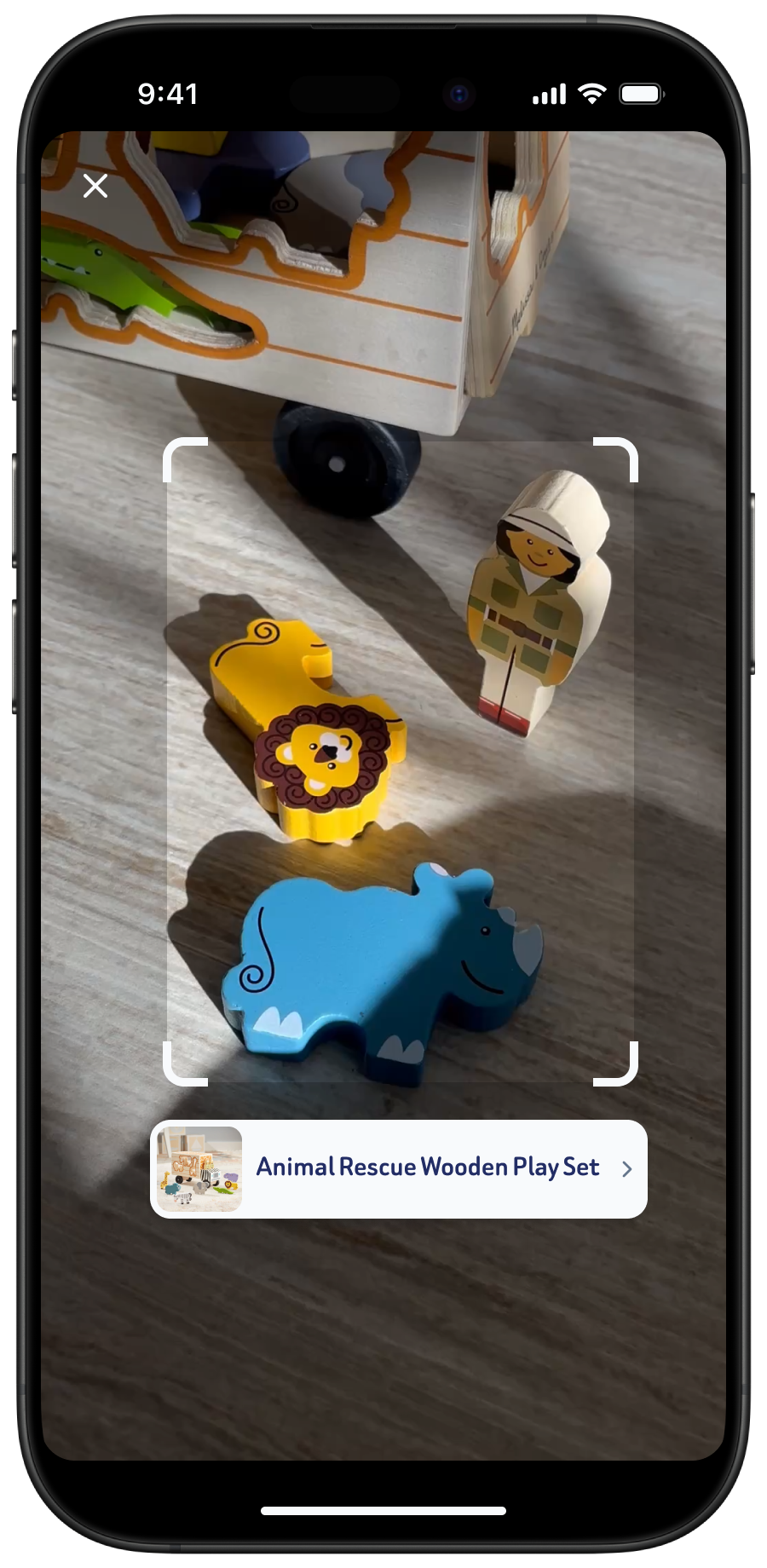Previous: inQ Services
Jan - Feb 2023 (4 weeks)

.png)
It was truly fascinating to hear about the power of play and the importance of toys as tools for bonding. I was able to draw the following insights after conversations with parents and an expert.
Problem Statement
Up until this point, I realized that it was easy to design a product for adults. However, in this case, children should have just as much influence on the design.
The challenge with involving children was that we did not want them to spend too much time on mobile phones, and so we tried to come up with ways to work around this issue. I then led the whiteboarding session and brainstormed ways that the application can engage children more while still minimize screen time.

.png)




.png)

It takes too many steps to get to the soundtracks or play prompters and there is too much scrolling (both vertically and horizontally) required.

The homepage acts as a "speed dial", where caregivers can save their frequently used activities for quick access without the need to scroll.

The initial design was geared solely towards caregivers to prevent kids from spending time on screen. However, there could be more engagement with children. Perhaps the screen time restriction is more lenient for older kids (2+ years old).

Older children should be able to interact with the app directly, so Melissa & Doug Plus would ask user to input the child's date of birth and personalize the available features around their age.

The application currently offers recommendations specific to Melissa & Doug toys, factoring out parents and caregivers who do not necessarily own Melissa & Doug products.

Melissa & Doug Plus should offer soundtracks and activity prompters that are not tied to a physical toy so that the service can be used by anyone, with or without a toy.



Introduce a conversational UI that adapts the soundtracks to children's responses
Children are highly imaginative, but the current guided soundtracks are very structured, the opposite of encouraging creativity and thinking outside the box. Instead of a linear storyline, each soundtrack could be a pick-your-own-adventure, potentially incorporating a conversational UI that would take in the children's verbal reactions and respond accordingly with different conversational flows.
Testing with both children and caregivers is necessary to prove the effectiveness of the app
For the scope of this project, we only tested our designs with caregivers, since testing with children requires additional approvals. I believe the results of the testing would have turned out very differently if we were to test with real children and with a prototype that actually incorporates audio. Had there been more time to get approved to test with children, I would love to see those testing results.